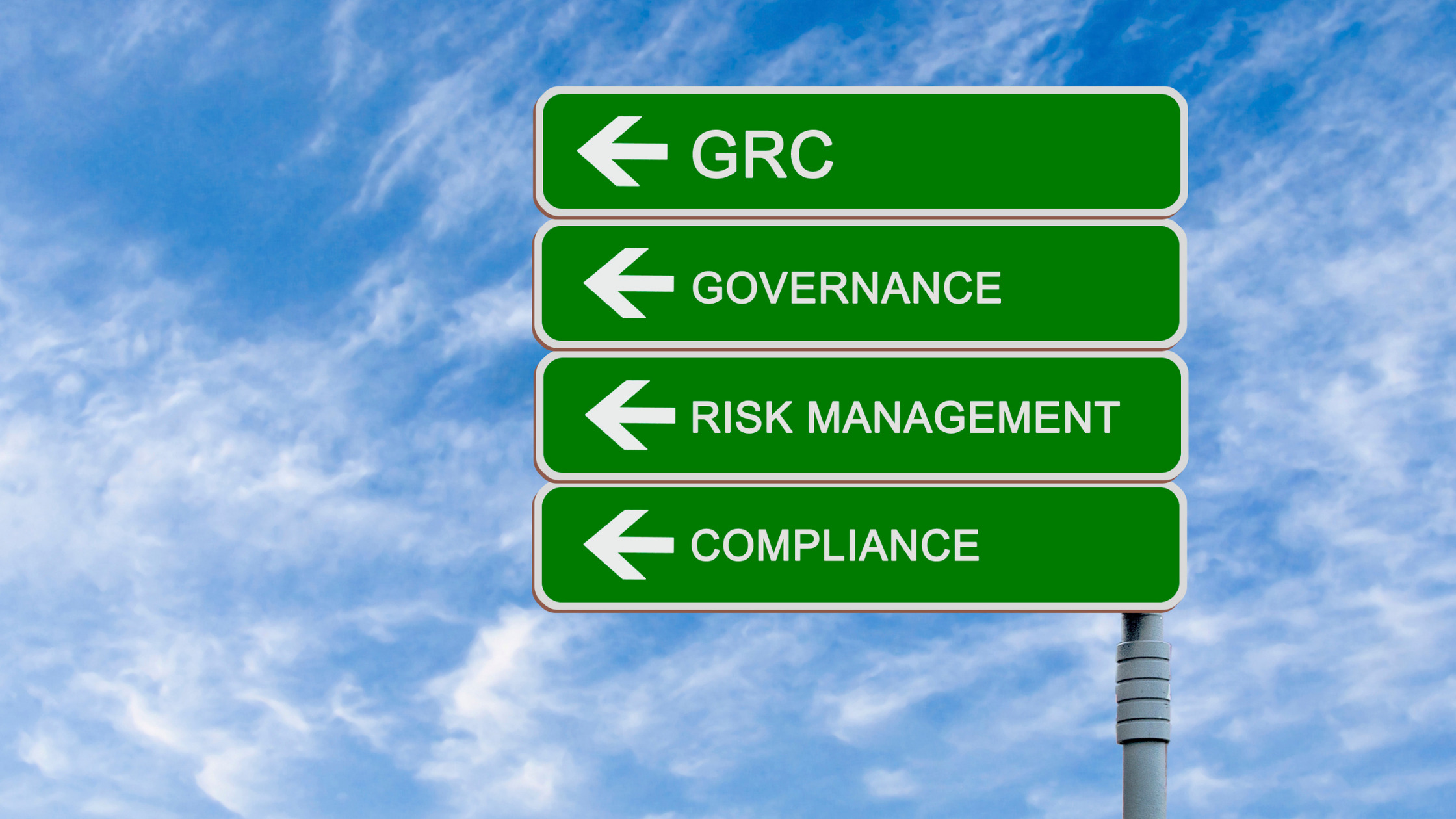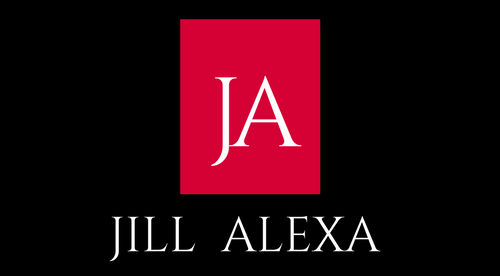Primary Advantages of SAP GRC Access Control
There is no doubt that a lot of thought and work goes into starting any business. This is also true for an online business.
We consider all the usual things, we strategize, we build a team, organize finance but one of the most important things we need to consider is the security and governance of our business.
Due to the problem of cyber security risk, it is essential to get a security system in place, hence this article on the 5 key benefits of SAP GRC Access Control.
SAP GRC Process control assists businesses with managing their compliance processes more efficiently.
The aim of process control is to provide control in monitoring, automatic risk, as well as testing analytical abilities across the whole organization to enhance the efficiency of an overall compliance structure.
It consists of three primary areas:
- Analyze
- Manage
- Monitor
5 PRIMARY ADVANTAGES OF SAP GRC ACCESS CONTROL FOR BUSINESSES

- ARA (ACCESS RISK ANALYSIS)
It is essential for businesses to disperse and regulate authorizations a user gets in order to be compliant with SOX as well as other regulations and laws.
The ARA module allows you to identify and locate access intrusions in the whole business.
It can scrutinize for any SoD disruptions, crucial transactions and authorizations, as well as important profiles and roles.
The ARA module utilizes a rule set that defines critical authorizations to look for violations.
2. ARM (ACCESS REQUEST MANAGEMENT)
In a conventional business, access is given after filling in the documentation that was sent through the business and ended up at IT security.
The administrator then gives access manually.
Checking for traceability and compliance were both restricted.
The process also took a few days to finish, contingent on the complexity and size of the business.
With Access Request Management, the user can request access via a workflow module.
Once the request is submitted, it will follow a predetermined path and permits various security checks and approvals.
Because the ARM module is linked to the ARA module, the approver can do compliance checks through access risk analysis to scrutinize for any threats before they can even happen.
The workflow module can be customised to reflect the business’s policies.
Authorizations and roles are logged automatically once the access requests are approved for future auditing and reference purposes.
ARM is useful for ensuring business accountability and compliance with SOX, along with other regulations and laws.
3. BRM (BUSINESS ROLE MANAGEMENT)
With BRM, a business can incorporate specific steps during the lifetime of a role.
From role generation, all the way to approval to providing the traits for role provisioning, BRM essentially supports the life cycle of any given role.
It enables role proprietors to be immersed in the role-building process, and to get a risk analysis prior to a role’s deployment, and to document position testing.
BRM enables the role owner to generate system independent computer-generated roles within the business concept, to simplify technical role allocation in the backend system.
4. EAM (EMERGENCY ACCESS MANAGEMENT)
With EAM, users can carry out emergency procedures outside of their usual roles.
The user performs such activities in a regulated environment which is fully auditable via firefighter ID.
The application permits for a firefighter ID that essentially grants a user (firefighter) wide yet controlled access.
All emergency activities can be carried out in the context of a firefighter ID which is logged.
It can then be reviewed afterwards.
Firefighter ID typically plays a role in emergency scenarios where it is critical to do certain tasks. Such tasks are mostly regardless of SoD violations as well as access risk violations.
Amalgamation with the ARM module permits you to regulate the task of firefighter ID’s and the log review report workflow.
5. SoD (SEGREGATION OF DUTIES MANAGEMENT)
The aim of the SoD regulation process is to eradicate or reduce the probability of fraud and errors.
Since a single user will not have access to various stages of a particular business process, managing these risks is essential.
To achieve division of duties, the company process must be split, distributed, and apportioned amongst different individuals. All this is done through different phases of an SAP GRC Access control tool.
CONCLUSION
I hope that these 5 primary advantages of SAP GRC Access control and how it is used for giving access to users has been useful.
The process of segmenting access control is an essential part of any efficient security environment.


